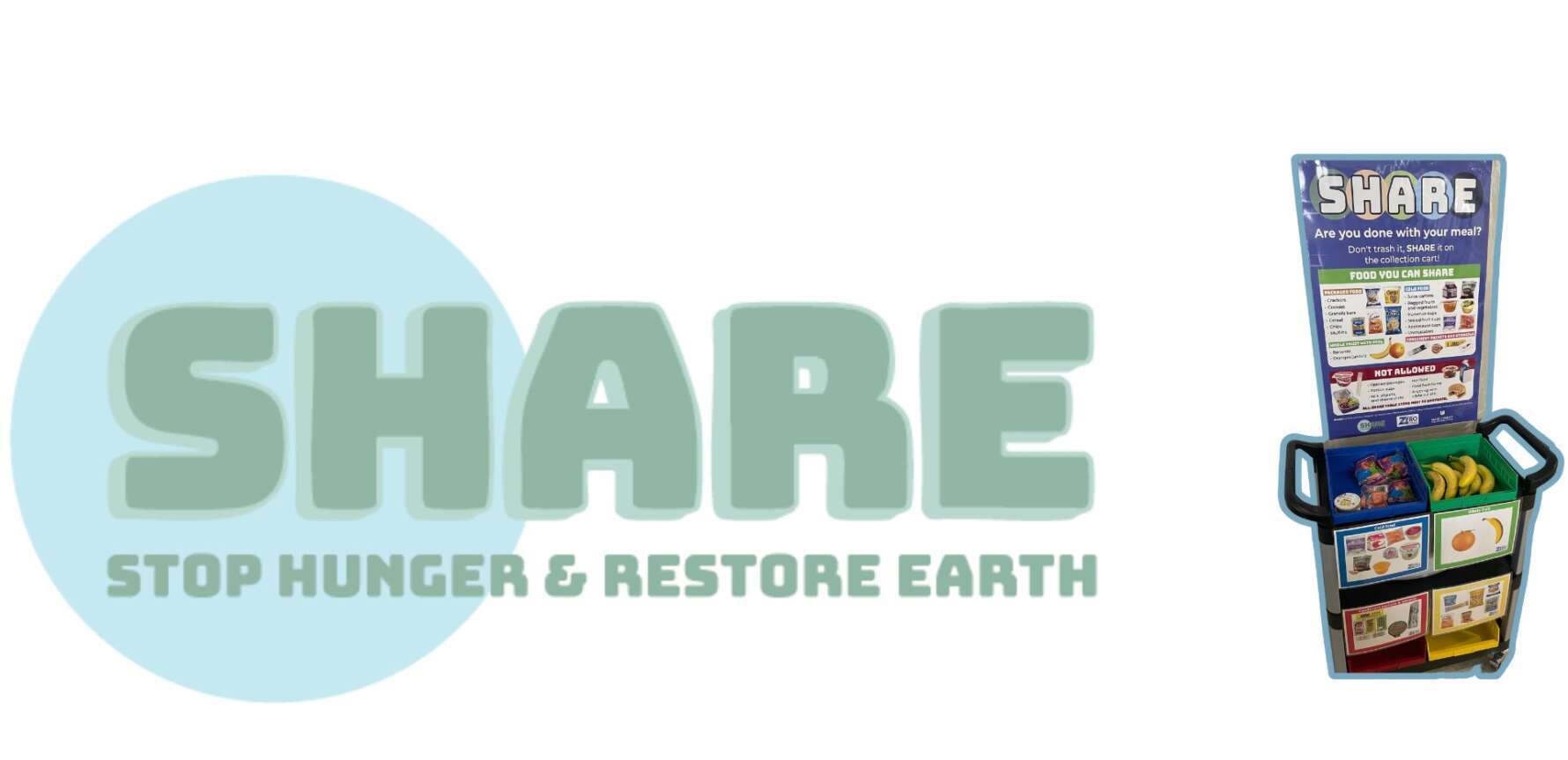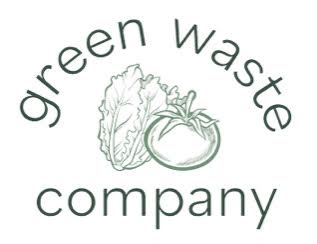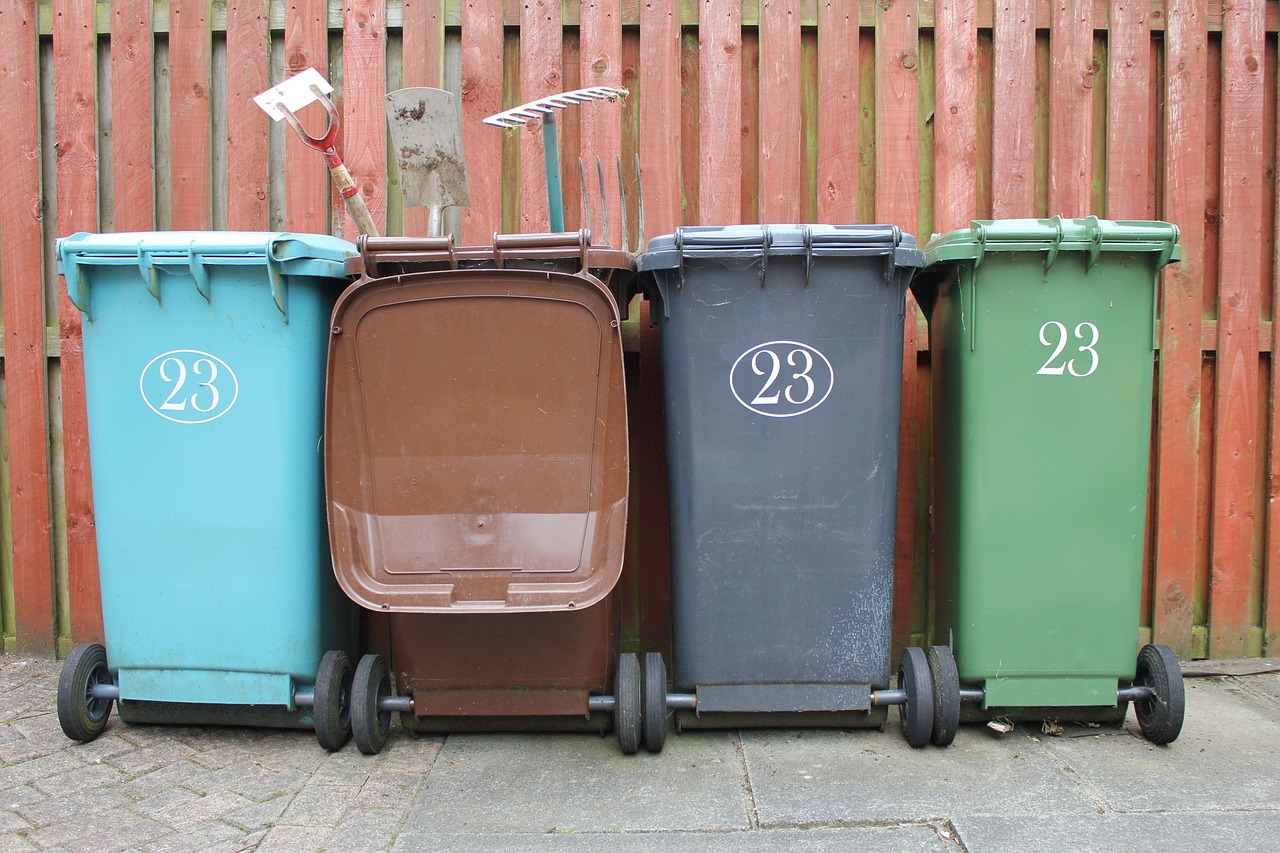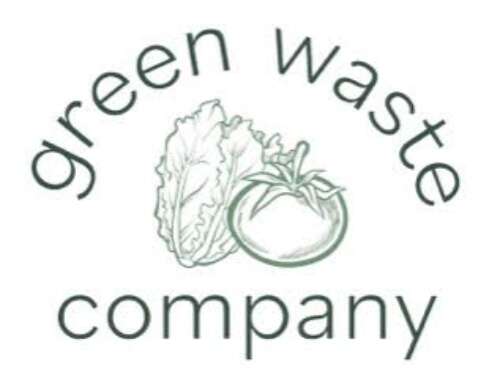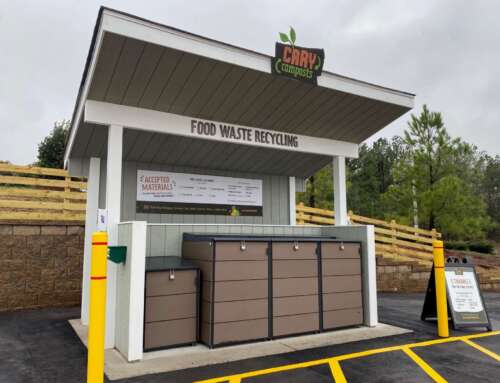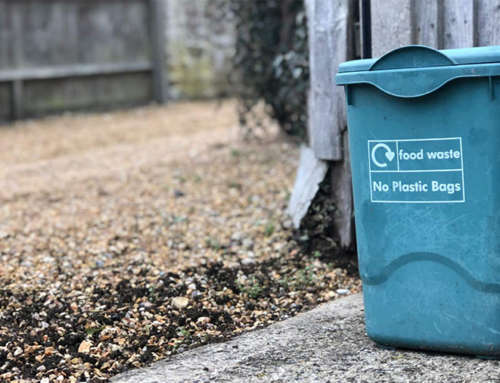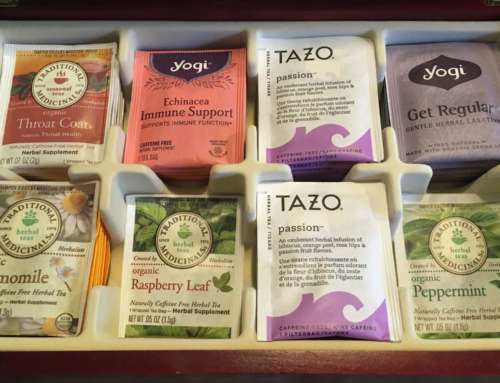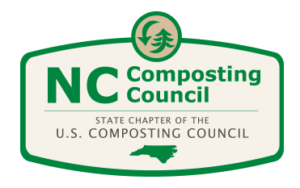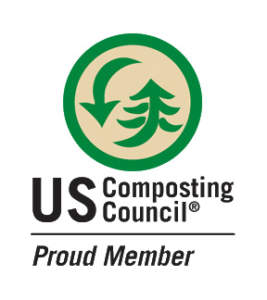Composting in your kitchen? A review of the Lomi Home Composter
Composting in your kitchen? A review of the Lomi Home Composter
Written By
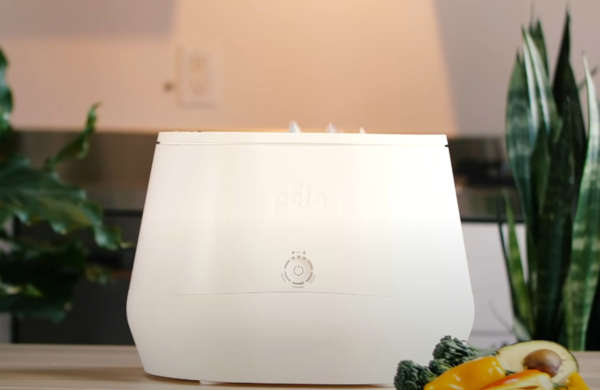
Editor’s Note: Photos used in this review are directly from the Lomi website, used with permission. The author was awaiting a replacement part at the time of writing, so she was unable to get photography of her exact Lomi unit.
What is Lomi?
Food waste in landfills is one of the biggest contributors to greenhouse gas emissions and climate change. Unfortunately, municipal composting is not yet widespread enough to combat this issue, and not everyone has the time, energy, or a yard for maintaining a compost pile, nor the access to or budget for a compost collection service. That said, I’m super excited about the latest solution to this problem: the Lomi kitchen composter.
Lomi is a product by Pela, a company known for making compostable phone cases. It is not the only kitchen composter on the market – my friend Casey has loved her Food Cycler by Vitamix for years now – however, what makes Lomi revolutionary is its ability to process compostable bioplastics and packaging (such as a Pela case), which up until now had really only been compostable in an industrial or commercial composting setting.
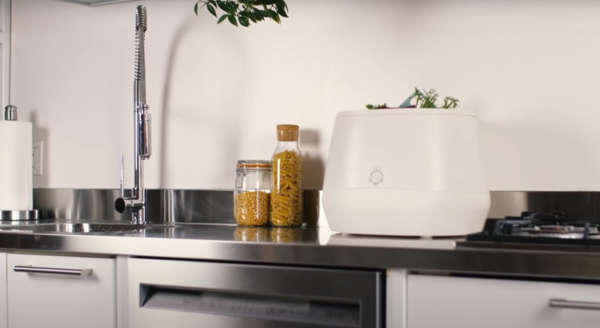
The Lomi measures 16″ x 13″ x 12″
The Details:
Pros: it’s perfect for anyone with no or limited yard space or no compost service, processes meat and dairy that should generally be avoided in a backyard compost pile, can reduce or eliminate organics/green bin collections if applicable, reduces overall space and emissions of landfills, is sleek-looking, and is relatively quiet.
Cons: it does not process bones or fruit pits (e.g. avocado, mango, peach), occasionally makes loud noises, is rather bulky and requires a fair amount of space, requires electricity (on average less than 1kWh/cycle), and Lomi Pods and filters are an additional expense.
The Lomi has three different cycles, which are all different lengths and each produces a different kind of dirt, which are not the same quality.
After speaking with Lomi’s customer service team to clarify a few things, here is what you need to know about each mode:
Eco Express mode is the quickest way to break down food waste. It does not produce nutrient-dense compost. It is recommended that this dirt be added to your backyard compost pile, your green/organics bin, or to your garbage bin, however, after reaching out to Lomi’s customer service team, they did confirm that you can indeed rerun this dirt by mixing it in with additional food scraps and running on Grow mode, which is ideal if you don’t have a compost pile or an organics bin and don’t want to send it to the landfill.
Lomi Approved mode is the only mode you can use to break down compostable bioplastics and packaging. Because this mode runs at such a high temperature, it doesn’t preserve the microbes and nutrients to make this dirt beneficial to soil, which is why Lomi recommends either adding it to your green/organics bin, backyard compost pile, or the trash, and they do not recommend re-processing this dirt in Grow mode. As per Lomi’s material scientist, “The end product from Lomi Approved can still have bioplastics that would need to be a in a composting environment to mineralize and convert into simpler forms of carbon. Thus, we strongly suggest that Lomi-approved dirt goes into a green bin or backyard compost pile, before ending up in your soil.”
Grow Mode is the cycle that produces nutrient-rich compost. This is the longest cycle, taking up to 20 hours, and it is recommended to add a Lomi Pod to this cycle, which contains beneficial microbes that accelerate the composting process. This dirt can be added to your backyard compost or mixed with soil at a 1:10 ratio for your garden!
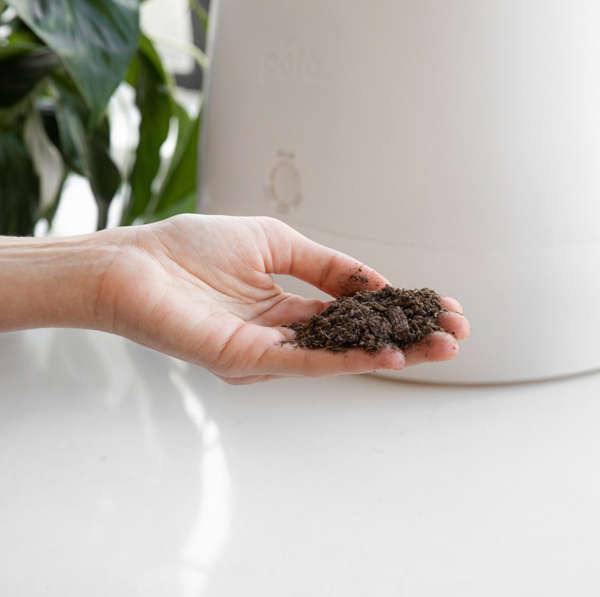
Final Thoughts:
Some of this information differs from what they have available to the public, but the thought of making an investment like this to still potentially throw anything in the trash bin caused me to keep asking questions.
If you do not have an organics/green bin, backyard compost or a garden, I strongly recommend asking a friend or family member who does if they’d like your dirt or compost to add to theirs! You can also connect with people who have backyard compost bins and accept waste from others by using the ShareWaste app.
Lomi comes with a 3 year extended Warranty, as well as LomiPods and filter replacements for $39 every 3 months on a 2 year membership.
My biggest gripe with Lomi so far is how conflicting the information on it has been regarding what to do with the dirt, and that it’s easy to miss the part that mentions that in addition to the initial investment on the machine, you’ll be spending another $160/year on filters and Lomi Pods. While that isn’t horrible if you compare it to how many households spend $500+ on other appliances, such as a washing machine, and then have to spend over $80/year on detergent and such for each wash, that’s still not a very accessible option for many people.
My hope is that over time machines like Lomi will become more accessible and more efficient, and that as a society we’ll grow to have infrastructure that supports a multitude of composting options for all living situations.
PS: If you wish to gift a Lomi to someone, I recommend using a separate account for that person. My mom purchased both of ours on her account, and though she did two separate transactions, they are for some reason unable to separate them to put mine under my own account, so now all of the refills and any replacement parts for my machine will be sent to her address instead of mine.



